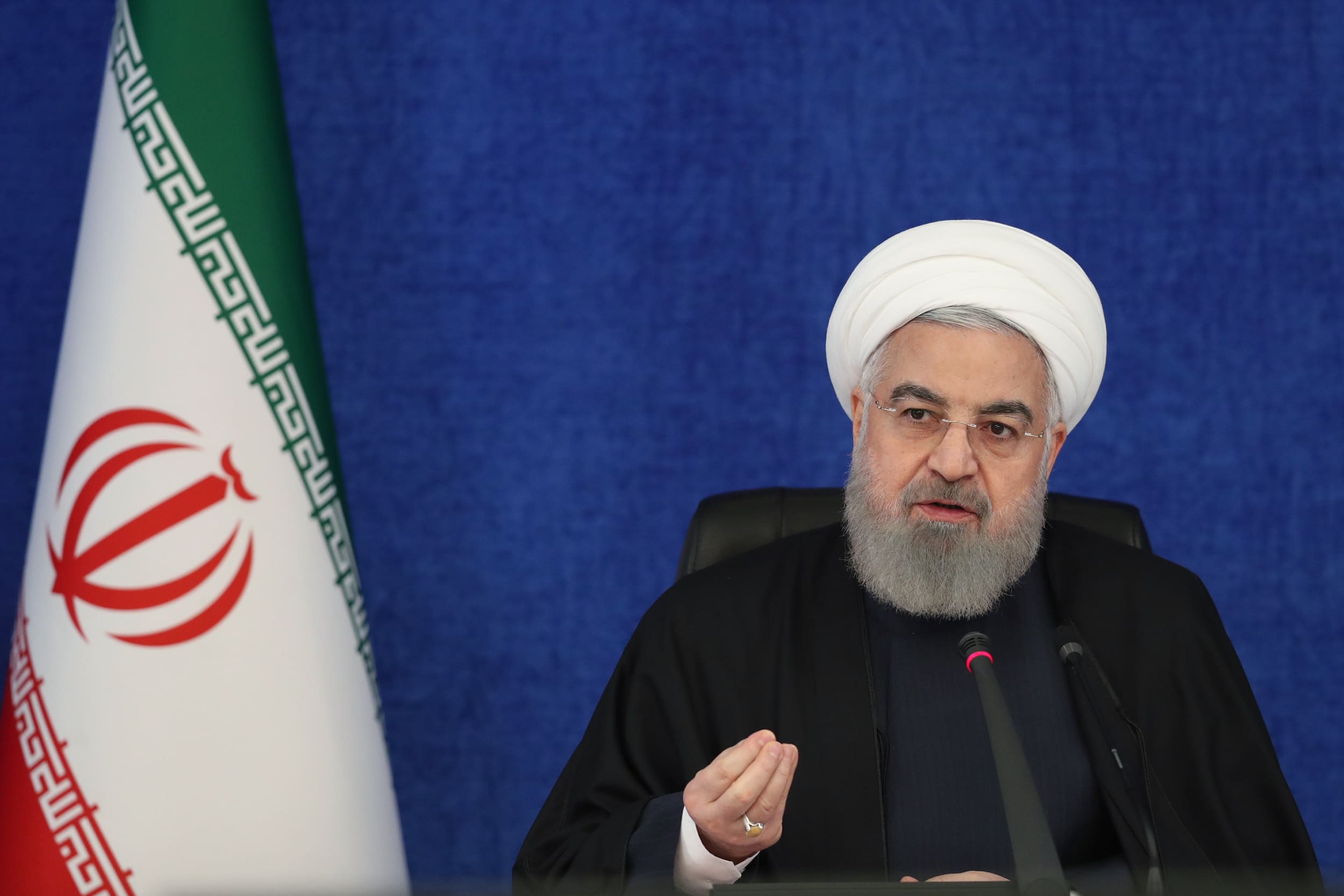WASHINGTON – Iran opened its first oil terminal in the Gulf of Oman on Thursday, a move aimed at making Iranian President Hassan Rouhani’s regime less dependent on the Strait of Hormuz, often a source of international tension.
The location of the new oil terminal, a project that began in 2019 and will cost some $2 billion, will also reduce transportation and insurance expenses for oil tankers.
“This is a strategic move and an important step for Iran. It will secure the continuation of our oil exports,” Rouhani said in a televised speech, according to state-run media.
The Strait of Hormuz, a crucial channel located between the Persian Gulf and the Gulf of Oman, is used by oil producers to transport crude from the Middle East. Approximately 20% of the world’s crude oil passes through the waterway.
The new terminal gives Iran more space to operate. The Strait of Hormuz is a narrow strip of water between Iran and the United Arab Emirates that connects the Persian Gulf to more open waters. The new terminal is to the east on the wider Gulf of Oman, which opens into the vast Arabian Sea.
Iran has previously threatened to close the strait in response to Trump administration’s decision to reimpose sanctions.
“This new crude export terminal shows the failure of Washington’s sanctions on Iran,” Rouhani said, adding that Iran plans to export 1 million barrels per day of oil.
Washington placed sanctions on Tehran after former then-President Donald Trump withdrew from the Joint Comprehensive Plan of Action, or JCPOA, nuclear agreement in 2018.
The JCPOA, brokered by the Obama administration in 2015, lifted sanctions on Iran that had hampered its economy and cut its oil exports roughly in half. In exchange for billions of dollars in sanctions relief, Iran agreed to dismantle some of its nuclear programs and open its facilities to more extensive international inspections.
Alongside the United States, France, Germany, the U.K., Russia and China were also signatories of the agreement.
In 2018, Trump kept a campaign promise and unilaterally withdrew the United States from the JCPOA calling it the “worst deal ever.” Trump also reintroduced sanctions on Tehran that had been previously lifted.
The Trump administration’s “maximum pressure” campaign crippled Iran’s economy and slashed oil exports.
The Biden administration is working to revive the JCPOA with the deal’s other signatories.
